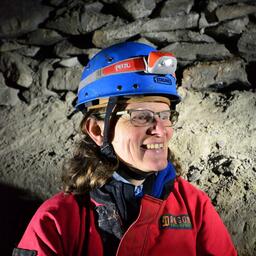Around 15% of the earths land surface is underlain by carbonate rocks most of which have distinctive karst landforms. Most caves are in carbonate rocks but there are also many lava caves. Caves are particularly long-lived landforms that have retained and protected important pieces of Earth’s long and tumultuous geological past. These range from ancient mineral deposits, long gone oceans and early forms of life, to unique cave adapted organisms, extinct megafauna remains and the early manifestation of human art. Without caves and karst, such information would have been largely unavailable to us. Karst and caves are among the most exquisite and valuable landscapes in our planet, with intrinsic touristic and economic value. There is also a particularly strong relationship between biodiversity and geodiversity in caves and in karst areas. The protection of surface and underground karst geoecosystems is particularly relevant to Goal 15 of the UN 2030 Agenda for Sustainable Development and as ~10% of the world’s population gain their water supplies from karst, either from discrete springs or from karst groundwater, protection is also relevant for Goal 6. However, caves and karst areas present particular challenges to land managers because environmental change on the surface has impacts underground and change underground can impact on the surface, for example via collapse.
The Caves and Karst Working Group (CKWG) provides support, advice and liaison regarding cave and karst protection and management around the world with particular reference to caves and karst in protected areas, most notably World Heritage Sites and UNESCO Global Geoparks but also in Ramsar Sites and in sites that are part of the World Network of Biosphere Reserves. Members of the CKWG have a wide range of skills and subject experience, reflecting the interdisciplinary nature of cave and karst studies. In 2022 members of the CKWG published a second edition of the Guidelines for Cave and Karst Protection which aim to convey an update of global best practice that is accessible to general readers, while providing technical details of interest to the specialist.


